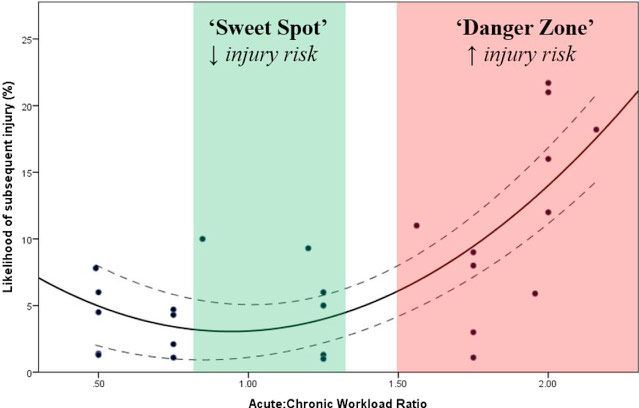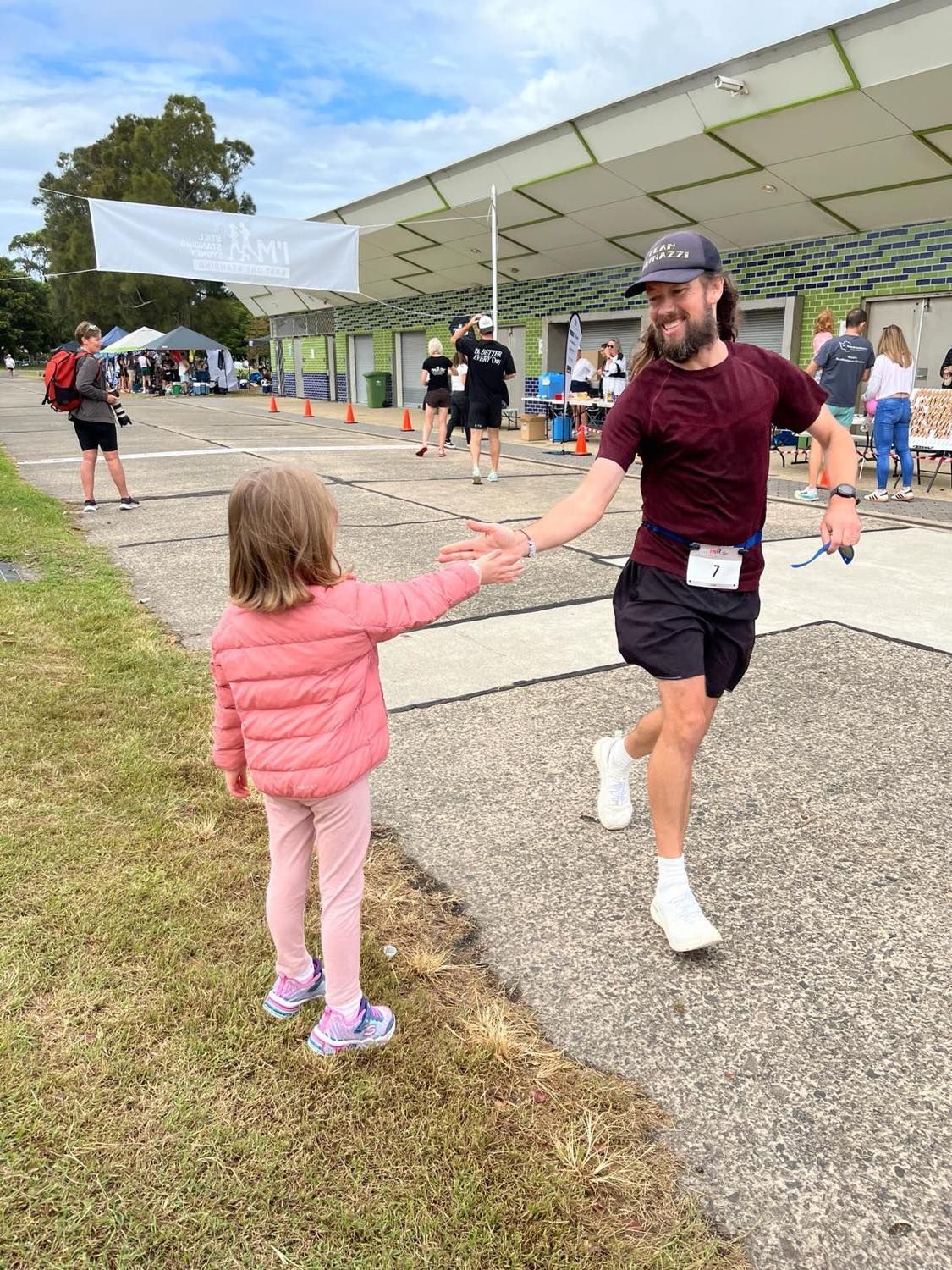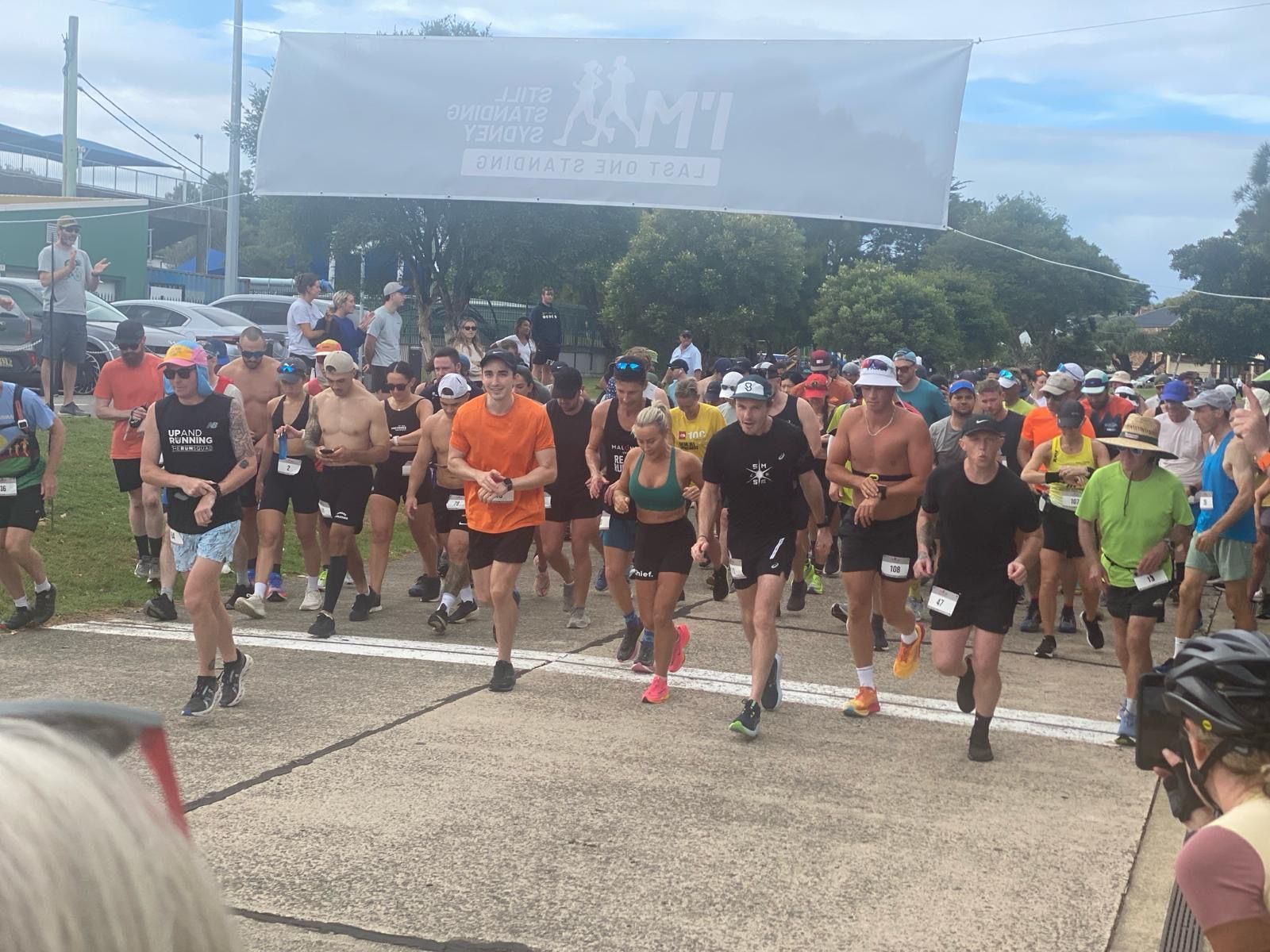
COACH’S CORNER – MANAGING TRAINING LOAD
Coach’s Corner is a new feature for our AURA members, where qualified trained professionals will provide advice and tips on improving and enhancing your ultra running performance.
Contributed by Glen Smetherham, Consistent Running Coach
Glen Smetherham is a Level 2 Advanced Recreational Running Coach, accredited with Athletics Australia. He is also a Podiatrist with 20 years of experience and has run over 25 ultra marathons up to 100 miles. Glen is an AURA member and is offering fellow members a 10% discount on the first 3 months of personal online coaching with
Consistent Running.

Training for ultramarathons, or any other sport, can be reduced to a simple relationship of Training Load to Adaption. The Training Load is the accumulation of many factors. Most people are familiar with the factors directly involved with each workout or training week such as volume, intensity, frequency and type of workout. These are referred to as External Load, which is a measure of training load independent of individual internal characteristics. The factors not often considered (but always felt by all runners) are the combined physiological stresses imposed by the External Load, which is referred to as Internal Load.
It is these physiological stressors and how individuals respond to them that results in Adaption, which can be either positive (performance improvement/improved health) or negative (injury/illness/performance decline). The individual response to Internal Load is also the reason for the limitations in following a long term training plan that doesn’t allow for feedback and modification. Two runners given the exact same training plan will adapt differently; one may improve performance, while the other sees a decline in performance or risks injury. It’s not just during training that we need to consider. Work, stress, illness, sleep, nutrition and many other factors will also have an effect on how we adapt to our Training Load.
WHY IS MANAGING TRAINING LOAD IMPORTANT?
To improve performance, you must provide a stimulus to stress the desired system (mechanical, neural, endocrine, cardiovascular) significantly enough to trigger a response. All of these systems work together, although at times you may be more focused on one in particular. This response is called the Training Effect. In order to gain long term Adaption to improve performance we must consider these loads and adaptions to them as a continuous feedback loop that must be managed correctly to achieve the desired outcome and reduce the risk of negative outcomes such as injury.
HOW DO WE MANAGE TRAINING LOAD?
To manage it we must first measure it. Runners and coaches have been measuring Training Load for a long time. Well before the use of GPS watches, heart rate monitors, power meters, online training logs and training analysis tools, Training Loads were managed by feel and intuition.
While measuring and recording External Training Loads can be relatively easy, measuring Internal Loads is not as practical and has its limitations.
I’m sure in the future we will have reliable measurement tools that will be able to measure both Internal and External Training Loads, however we are still a fair way from that.
One of the easiest ways to estimate an overall Training Load for a session is using an equation called TRIMP (TRaining IMPulse).
TRIMP = Total training time x Session RPE (Rating of Perceived Exertion)
For example a 60 minute run at a perceived exertion of 6/10 would result in a TRIMP score of 360.
More complicated algorithms and methods of determining the effects of single and multiple training sessions are available but they all have limitations due to difficulty in accurately determining Internal Training Loads and the variations in Adaption in individuals.
While it is difficult to measure all the factors that have an effect on your Training Load, it is important to consider both objective and subjective factors to come up with a way to rate your training both as single sessions and over time. This may be as simple as only using total volume, which is a traditional way for runners to track load, however by adding other factors such as RPE, HR (including HR variability), power and amount and quality of sleep, you will have a more robust score of Training Load. Some runners are lucky enough to have a very good sense of how their training is progressing and are able to go completely by feel and intuition with good results.
Once you are able to score your training sessions in a way that is optimized for your individual circumstances you will be able to manage your training load better. In order to reduce injury risk you may choose to use a method of training progression such as the 10% rule, or a more recent method such as the Acute to Chronic Training load ratio[1]. Generally Acute workload refers to the Training Load performed by an athlete over 1 week, and the Chronic workload is typically the 4 week average Acute workload.
Using the TRIMP example of scoring above, if a runner’s calculated weekly workload totals were as follows…
Week 1 = 1500
Week 2 = 1600
Week 3 = 1300
Week 4 = 1700
The Acute to Chronic ratio would be 1.11*
*May be calculated using Rolling Averages or Exponentially Weighted Moving Averages (placing greater emphasis on more recent training)
Using this ratio score you can then plan future training sessions/weeks so as to stay within a zone that will provide the lowest injury risk.
An Acute to Chronic ratio within the range of 0.8 to 1.3 is the sweet spot that has been shown to reduce injury risk. [2]

< 0.8 increased injury risk
0.8 – 1.3 lowest injury risk
> 1.5 danger zone
It’s important to note that a lower ratio (below 0.8) can result in an increased risk when compared to the “sweet spot” of 0.8-1.3. Individuals may have slight variations and find zones that are optimized the their particular circumstances.
In conclusion, due to individual runners responding differently to similar Training Loads, it is important to optimize a method of measuring and monitoring your Training Load that works best for you. Whether it is tracking volume and perceived effort alone, or using many more factors to establish a Training Load score, it is important to keep this score within an optimal range. One thing I mention to all my coached runners is that they can’t give me too much information. Being consistent with your training and reducing any excessive spikes or dips in your training load will result in greater positive adaptions while reducing the risk of time off due to injury or illness.
When starting a new training program or introducing some new elements such as intervals or strength work, it is important to be able to assess their impact on your overall Training Load. If overall intensity or frequency goes up significantly, then volume should be reduced. If work stress, poor nutrition or lack of sleep results in changes in Internal Load adaption, you will need to change the External Load to allow for this (as well as working on reducing stress, eating well and sleeping more).
Many online training logs will have algorithms that calculate Training Loads to help you.
When you get everything right, you can expect to see your running performance improve. If you pick up on negative changes early enough, you will have a better idea of how to modify your training to reduce the risk of negative Adaptions.
As mentioned previously, training for ultramarathons can be reduced to a simple relationship of Training Load to Adaption… you just may need a relationship counselor to keep things going smoothly.
[1]
http://bjsm.bmj.com/content/early/2015/10/28/bjsports-2015-094817.short
[2]
http://bjsm.bmj.com/content/50/8/471

AURA members are eligible for a 10% discount on the first 3 months of personal online coaching with consistentrunning.com.au.








